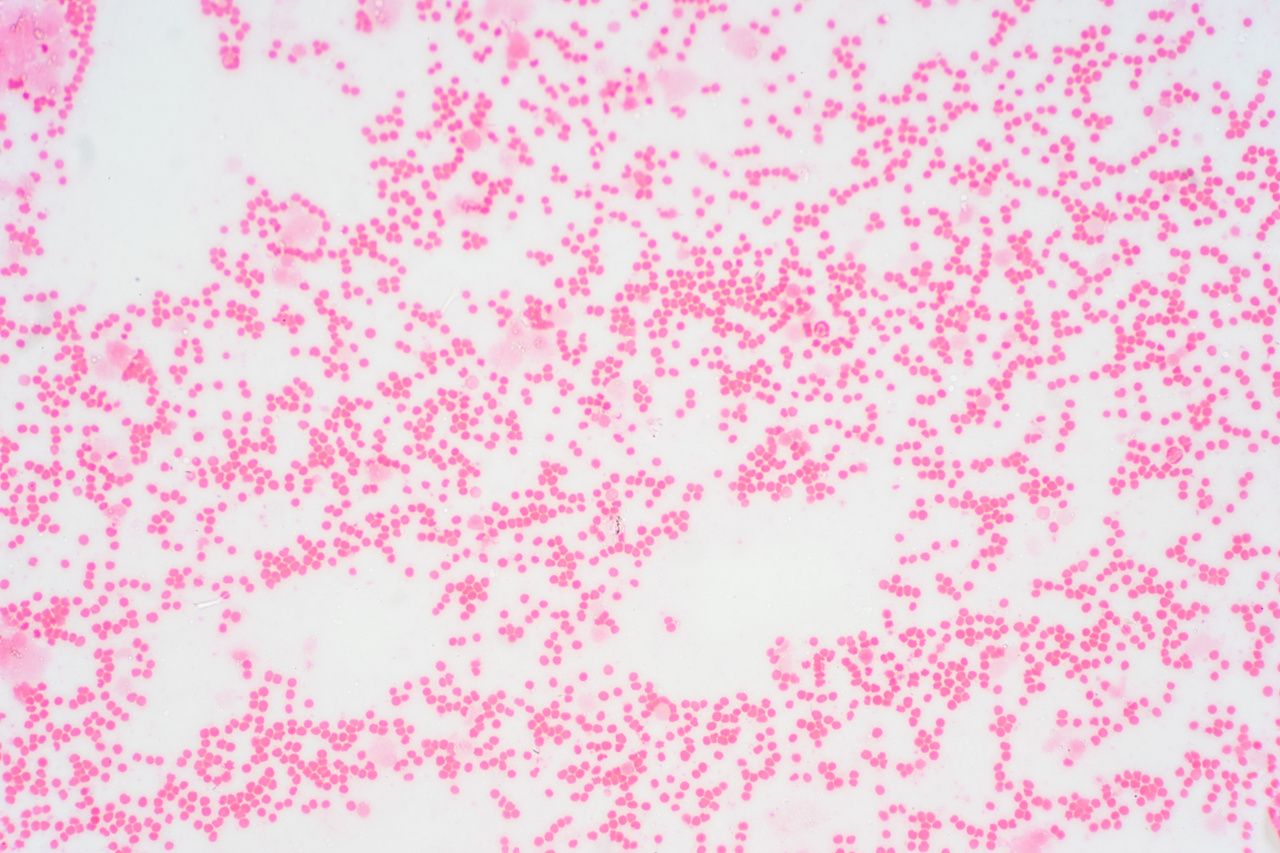- Center on Health Equity & Access
- Clinical
- Health Care Cost
- Health Care Delivery
- Insurance
- Policy
- Technology
- Value-Based Care
Venetoclax Plus HMA Therapy Shows Encouraging Results in Higher-Risk MDS/CMML
Results of a phase 1/2 trial show encouraging outcomes for patients with higher-risk myelodysplastic syndromes (MDS) and chronic myelomonocytic leukemia (CMML) treated with the fully oral regimen of venetoclax and decitabine plus cedazuridine.
Oral decitabine plus cedazuridine and venetoclax is safe for most patients with higher-risk myelodysplastic syndromes (MDS) and chronic myelomonocytic leukemia (CMML), although longer follow-up is needed, according to the results of an early analysis of a phase 1/2 trial. The findings were published in The Lancet Haematology.1
MDS are hematopoietic stem cell neoplasms with an increased risk of turning into acute myeloid leukemia (AML). The only curative therapy for higher-risk MDS is allogenic hematopoietic stem cell transplantation (HSCT), and patients who are not eligible for HSCT are typically treated with hypomethylating agents (HMAs), such as azacytidine or decitabine. Previous research has found that venetoclax combined with HMAs provided “moderate” benefits for patients experiencing a relapse of AML or MDS after HSCT.2
However, treatment with HMAs has a prolonged parenteral administration and only results in a complete remission of 15% to 20% in patients with higher-risk MDS, noted the authors of this new study.
For patients with higher-risk myelodysplastic syndromes who are ineligible for hematopoietic stem cell transplantation, hypomethylating agents are the usual standard of care.
Image credit: tonaquatic - stock.adobe.com

“The small benefit on overall survival with hypomethylating agents warrants the development of novel drug combinations,” they wrote. This phase 1/2 study evaluated the potential activity of the oral combination and venetoclax, as well as the safety, in 39 patients as part of a single-center, dose-escalation, and dose-expansion trial.
The patients included had not been previously treated for higher-risk MDS or CMML, and their median age was 71 (range, 27-94) years. The majority (72%) were male. Overall, 32 (82%) patients had MDS with excess blasts, 6 (15%) patients had CMML, and 1 (3%) patient had atypical chronic myeloid leukemia, which was included because of the biological similarity with CMML. The median number of mutations was 3 per patient (range, 1-14), with the most common mutations being ASKL1 (49%), RUNX1 (36%), SRSF2 (31%), TET2 (23%), and TP53 (21%).
Phase 1 evaluated dose escalation using a 3 + 3 design, which determined the recommended combination dose in phase 2. In phase 1, there were 3 patients enrolled at a dose level; if none of the patients experienced dose-limiting toxicity in the first cycle (28 days), the next 3 patients were enrolled at the next dose level. However, if any patients had a dose-limiting toxicity, the next 3 patients were enrolled at the same dose level. The maximum tolerated dose was exceeded if 2 of 6 patients experienced a dose-limiting toxicity. Phase 2 is ongoing using the maximum tolerated dose as defined in phase 1.
The fixed daily dose of the oral combination was 35 mg of decitabine and 100 mg of cedazuridine, while venetoclax was escalated. Since no patients experienced dose-limiting toxicities in phase 1, the phase 2 dose of venetoclax was 400 mg on days 1 to14.
All patients had 1 or more treatment-emergent adverse events (TEAEs) with a median of 11 TEAEs of any grade per patient. The most common were thrombocytopenia (87%), neutropenia (77%), fatigue (59%), edema (36%), and constipation (33%). Seventy-seven percent of patients experience grade 3 TEAEs and 87% experienced grade 4. The most common grade 3-4 TEAEs were thrombocytopenia (85%), neutropenia (74%), febrile neutropenia (21%), and anemia (18%). At 8 weeks, the cumulative incidence of mortality was 2.6% (95% CI, 0%-7.8%)
At the time of analysis, 8 patients were still on the trial. Nineteen patients had discontinued treatment because they were undergoing HSCT. Two patients experienced AML transformation, and 1 patient each withdrew due to patient decision, doctor decision, disease progression, and lack of response.
The overall response rate was 95% (95% CI, 83%-99%) with 44% (95% CI, 28%-60%) of patients having a complete response, 26% (95% CI, 13%-42%) having marrow complete remission with hematological improvement, and 26% (95% CI, 13%-42%) having marrow complete remission. The median follow-up was 10.8 months, and the median overall survival (OS) was not reached while the median event-free survival was 17.9 months. The 1-year OS was 59%.
Approximately half (49%) of patients underwent HSCT with a median of 2 cycles of treatment prior to HSCT. Of the patients undergoing HSCT, 15 had MDS, 3 had CMML, and 1 had atypical chronic myeloid leukemia. The median time to HSCT was 3.7 months, and after HSCT, 3 patients had relapses and 4 patients died. The median OS after HSCT was not reached.
The authors noted that the study design as a single-arm, nonrandomized study in a single institution was a limitation of the study, as was the small number of patients with a short follow-up, and the incomplete longitudinal genetic data to assess molecular responses.
Although the outcomes were encouraging, a longer follow-up is needed to confirm the results of this early phase study, they wrote.
“Definitive conclusions regarding the benefit of venetoclax await completion of the phase 3 randomised trial VERONA (NCT04401748), which is investigating parenteral azacytidine with or without venetoclax in patients with higher-risk-myelodysplastic syndromes,” the authors concluded.
Reference
1. Bataller A, Montalban-Bravo G, Bazinet A, et al. Oral decitabine plus cedazuridine and venetoclax in patients with higher-risk myelodysplastic syndromes or chronic myelomonocytic leukaemia: a single-centre, phase 1/2 study. Lancet Haematol. Published online February 2, 2024. doi:10.1016/S2352-3026(23)00367-8
2. Caffrey M. Review: venetoclax plus HMAs offer “moderate” benefit in AML/MDS after relapse post transplant. The American Journal of Managed Care®. August 22, 2023. Accessed February 21, 2024. https://www.ajmc.com/view/review-venetoclax-plus-hmas-offer-moderate-benefit-in-aml-mds-after-relapse-post-transplant
